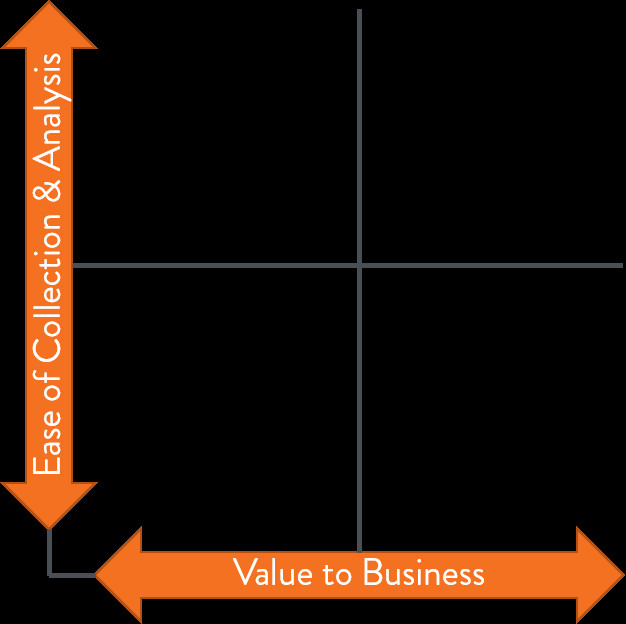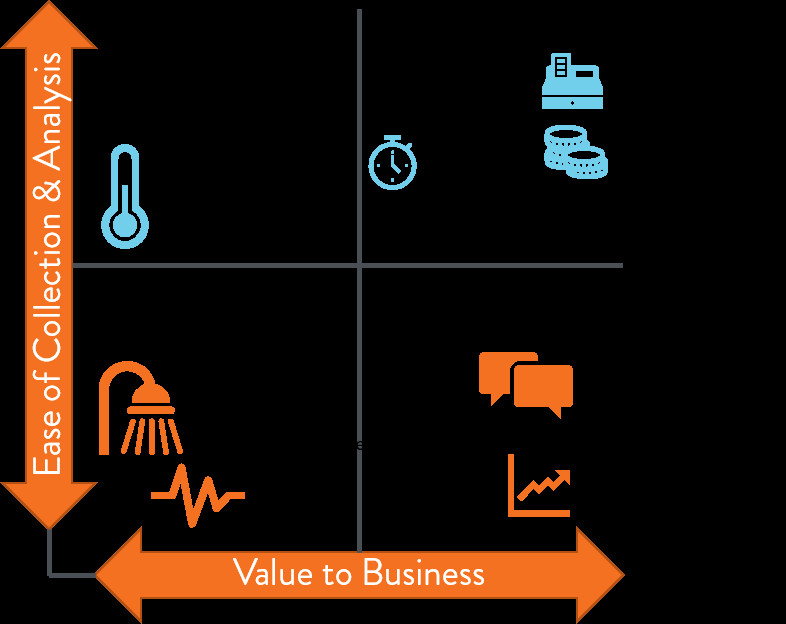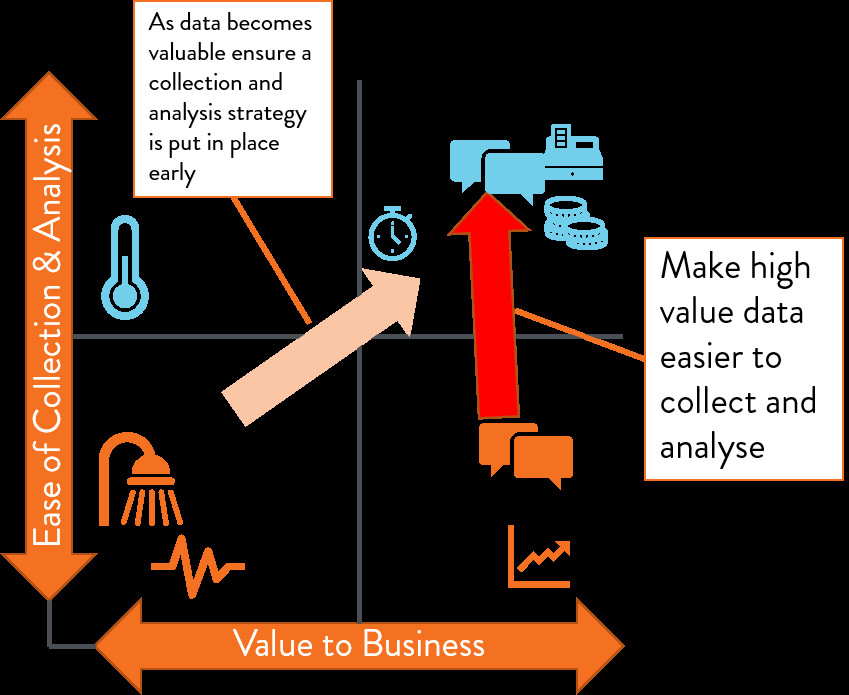We live in a world where data is growing exponentially; in 2017 more data will be created than in the last 5,000 years of humanity combined. For businesses of all sizes, this creates both enormous opportunity and enormous risk.
Governance is a critical component of your data strategy but I want to put it aside for now and focus on the question of what data to collect. Most businesses are not large enough to have a Chief Data Officer (CDO) and a large number don’t even have the needs to support a dedicated data analytics role. Often this means that the data strategy is ad hoc at best and left to those who have control of reports or can use excel well, so generally the finance team.
This pushing of analysis to the finance team has been Effigy’s entry into data strategy. In helping our clients build up a financial model of their business, the first step is to identify which variables are relevant to the business performance. The second step is to see if the business has the information to inform the variable. Invariably the response is “not sure” and “unlikely”. For that reason, we have developed a process that allows us to compare the information the business has with the information the business needs. The process is relevant to a sole trader as much as it is a large enterprise, we’ve walked into work with both levels of client to find that the data that would make the decision easy is not available. Had a structured approach to data been taken then the decision would have been easier and the work a lot quicker, saving time and money.
The part of this process I want to talk about in relation to data strategy is the framework below that places various data points on a chart across two dimensions to allow the business to prioritise the collection of data:
- Ease of Collection & Analysis – How easy is the data to collect from the current systems, and how easy is it to analyse in the format collected.
- Value to the Business – How important are the decisions that are being made that rely on this data, what is their impact on the delivery of the strategy or the development of a new strategy.
How different data fits into this framework varies for each business. Even within a single industry, two businesses may be executing on different strategies, changing the value of the same piece of data. Further to this, a different set of applications may be in place that changes the ease of collection and analysis for the data.
Below is an example of some data put into the framework. Up in the top right, we have the information that is easy to collect and highly valuable. You will tend to see financial information here because there is a compliance driver for collecting this data, so most businesses have already invested in a financial system. In the bottom right section, there is customer sentiment. This is very valuable to business and whilst the collection may be easy through surveys, Facebook reviews, yelp etc, the data is often unstructured text and therefore laborious to evaluate.
I’ve also placed on the left some data that is not of value to the business. The temperature on the day of the sale is easy to collect from government weather data, but for this business is not relevant to the likelihood of a sale. However, consider if the business was selling ice creams. This temperature data would be highly relevant to sales volumes and having it would aid in predicting sales, and therefore staff levels, for the day. This situation highlights how the placement of data in the framework is completely in the context of your business.
The initial goal for the business is to set out plans to move data in the bottom right to the top right. If the data isn’t being collected then the first step is evaluating the processes that are creating the data. Ideally, there will be a way to adjust the process and existing system to collect the data in a reportable way. If there isn’t, then a review of the value of the data against the cost of selecting and implementing a new system or add-on needs to occur.
Once the data is being collected we need to look at how it integrates into your reporting and analytics. Ideally getting the data was the tough step and the analysis merely requires a report to be designed with your current tools. However, if the data is unstructured then you may need to look at how to structure the data before analysing. This is where a lot of work is being carried out at the moment, with start-ups such as Kapiche entering the market with some fantastic tools. These tools are pushing the frontier of data analytics, decreasing the cost, and empowering more businesses to make data driven decisions.
As with all frameworks, it is not static. On top of your proactive actions to ease the collection and analysis of valuable data, you need to be aware of the increasing value of some data as your strategy changes.
Where data is currently not deemed valuable to the business there needs to be a consistent review of whether that remains the case. You need to be working to connect strategies that are sitting in horizon 2 and 3 with efforts to collect relevant data. This action needs to occur before you get to the point where the business is needing to rely on the data for decision making.
When you get to the point of making the decision you need a sufficiently large data set to be able to rely on it. To get this size of data set you ideally you need to capture it at the point of creation over a period. This means that if you haven’t planned to collect it in your data strategy you need to either delay the decision or invest in collating the data set quickly, with reduced accuracy and increased cost.
The importance of data in the new digital marketing era is well accepted by businesses of all sizes. Making data important for decisions in other areas of your business needs to be added to the agenda at your next meeting, and this framework is a great place to start.



Leave a Comment